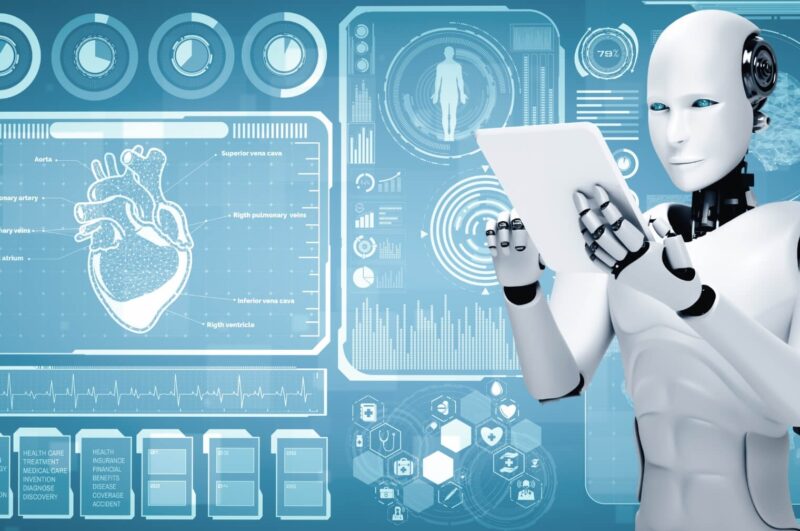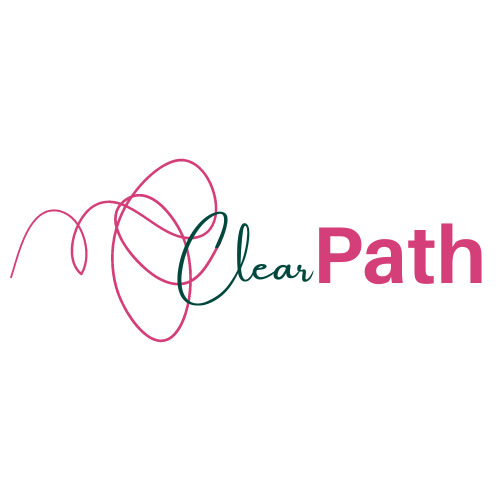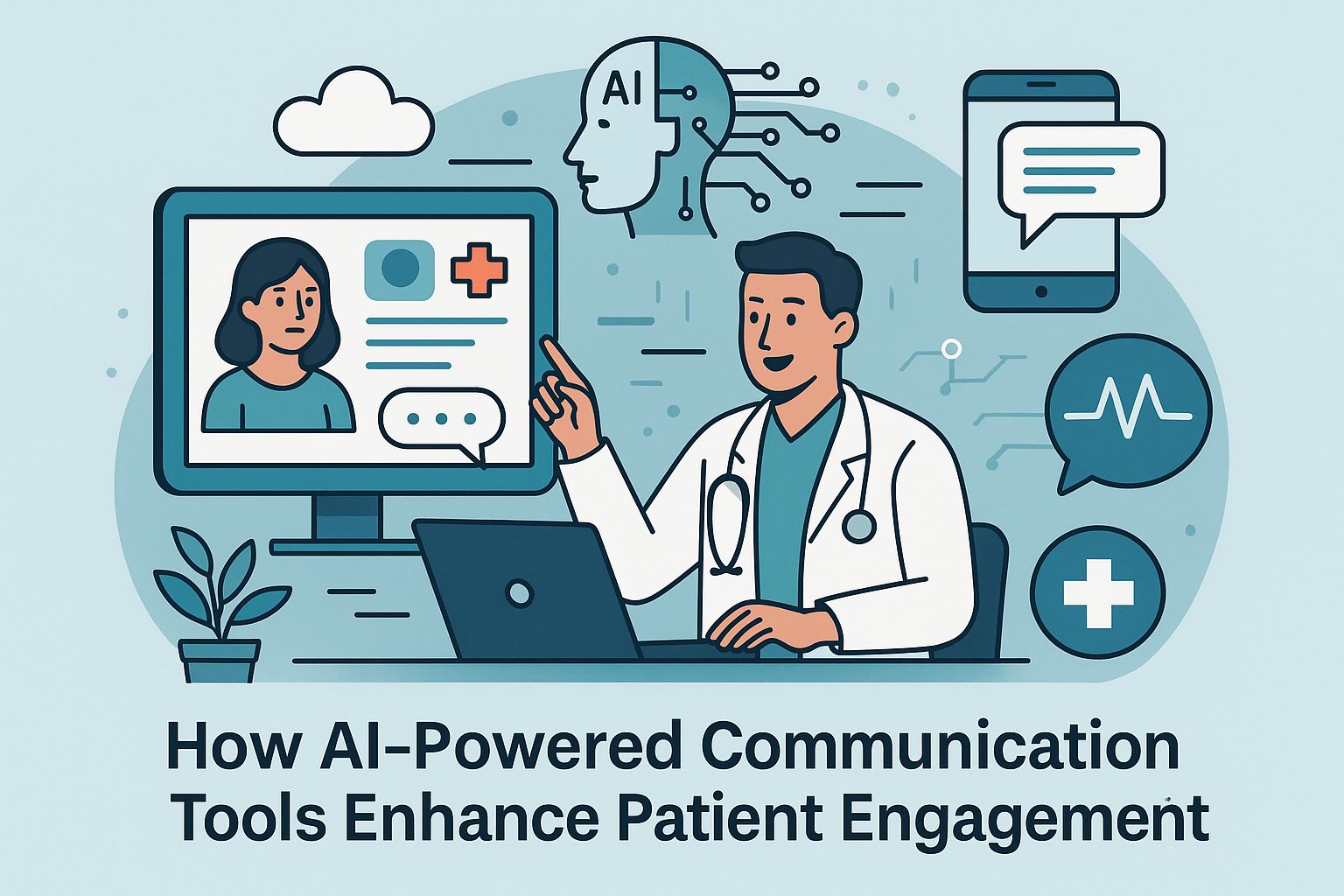Effective communication is the cornerstone of quality healthcare. Patients who understand their care plans and feel connected to their providers are more likely to follow treatment instructions and achieve better outcomes. In recent years, technology has played a major role in bridging gaps between patients and providers.
Among the many innovations, software for communication with medical patients has evolved to include advanced tools powered by artificial intelligence (AI), transforming the way healthcare teams engage with their patients.
In this article, we will explore how AI-driven communication solutions are improving patient engagement, making healthcare more personalized, accessible, and efficient.
Why Patient Engagement Matters

Patient engagement is more than just a buzzword; it is a critical factor in healthcare success. Engaged patients actively participate in their care, leading to better adherence to treatment plans and improved health outcomes.
Studies show that patients who feel connected to their providers experience higher satisfaction levels, fewer hospital readmissions, and overall better health management.
Healthcare organizations have recognized that communication is the key to fostering engagement.
Traditional methods like phone calls or paper reminders are no longer enough in a fast-paced, digital world. This is where AI-powered communication tools step in to make a significant difference.
What Are AI-Powered Communication Tools?
AI-powered communication tools are digital solutions that use artificial intelligence to facilitate interactions between patients and healthcare providers.
These tools are designed to automate, personalize, and streamline communication processes. Some common examples include:
- Chatbots that answer common patient questions and provide appointment reminders.
- AI-powered voice assistants that help patients schedule visits or refill prescriptions.
- Automated transcription tools that document patient consultations, allowing providers to focus on care.
- Predictive analytics systems that identify patients who may need extra support based on behavior or medical history.
By integrating these tools into healthcare systems, providers can ensure that patients receive timely and relevant information while reducing administrative burdens on staff.
Benefits of AI-Powered Communication Tools
1. Personalized and Empathetic Interaction

One of the most powerful features of AI in healthcare communication is its ability to deliver personalized messages. Instead of generic reminders, AI can tailor communication based on patient history, preferences, and language. For example, if a patient has diabetes, the system can send reminders about blood sugar checks, healthy eating tips, and upcoming appointments.
Interestingly, studies have shown that AI-generated responses can sometimes appear more empathetic than those written by humans. By analyzing language tone and structure, AI tools can craft messages that make patients feel understood and supported.
2. Increased Efficiency for Healthcare Providers
AI tools significantly reduce the administrative workload for healthcare professionals. Tasks such as appointment scheduling, prescription refills, and follow-up reminders can be automated, freeing up staff to focus on direct patient care.
Some hospitals use AI-powered transcription tools to capture and summarize clinical notes during consultations.
This not only saves time but also reduces the risk of documentation errors.
As a result, providers can dedicate more time to building relationships with patients rather than managing paperwork.
3. Better Accessibility and Convenience
AI-powered systems enable patients to access healthcare information anytime, anywhere. Virtual assistants and chatbots are available 24/7 to answer common questions, schedule appointments, and provide instructions.
This level of accessibility is especially important for patients with chronic conditions who may require frequent communication with their providers.
4. Data-Driven Insights for Proactive Care
AI does more than just send reminders or answer questions. It can analyze patterns in patient behavior to predict who might miss an appointment or fail to follow a treatment plan.
This proactive approach allows healthcare teams to intervene early, reducing hospital readmissions and improving long-term outcomes.
Real-World Examples of AI in Patient Communication
AI Chatbots in Clinics

Many clinics now use AI chatbots to manage routine tasks such as appointment bookings and prescription refills. These chatbots can also provide symptom checks and direct patients to appropriate care options, reducing call center workloads.
Ambient AI for Clinical Documentation
Healthcare systems like UC San Diego Health and Stanford Medicine are using ambient AI tools that listen to doctor-patient conversations and automatically create visit notes.
This innovation eliminates the need for manual documentation, giving clinicians more time for meaningful interactions.
Hybrid AI Systems for Engagement
Some hospitals have implemented hybrid systems combining AI and human oversight to ensure accuracy and empathy in communication.
These tools help reduce readmission rates and improve patient satisfaction by ensuring consistent and timely follow-ups.
Challenges and Considerations
While the benefits are clear, AI in patient communication comes with challenges:
- Accuracy and Trust: AI tools must provide correct information. Errors can harm patients and erode trust.
- Transparency: Patients should know when they are interacting with AI and when a human is involved.
- Privacy and Compliance: Handling sensitive health information requires strict adherence to regulations like HIPAA.
- Human Oversight: AI should assist, not replace, human care. Providers must remain actively involved in communication.
Future Outlook of AI in Patient Engagement

The use of AI-powered communication tools is expected to grow rapidly in the coming years.
As natural language processing and machine learning improve, these tools will become more intuitive and human-like.
Voice assistants may soon provide emotional support to patients, and predictive analytics will help prevent complications before they occur.
Furthermore, AI will likely play a role in reducing loneliness among patients by offering conversational support, especially for elderly, homebound individuals, or those with neurodevelopmental conditions like ADHD, helping them manage daily routines and maintain engagement with healthcare.
With the right balance of technology and human empathy, the future of patient engagement looks promising.
Best Practices for Healthcare Providers
For organizations considering AI-powered tools, here are some best practices:
- Keep Humans in the Loop: Always have clinicians review AI-generated messages for accuracy.
- Be Transparent: Inform patients when AI is being used in their care.
- Ensure Compliance: Follow data security and privacy regulations strictly.
- Invest in Training: Educate staff on how to effectively use and monitor AI tools.
- Start Small and Scale Up: Begin with simple use cases like appointment reminders before implementing advanced features.
Conclusion
AI-powered communication tools are redefining patient engagement by making healthcare more personalized, efficient, and accessible.
From chatbots to predictive analytics, these technologies help bridge the gap between providers and patients while improving outcomes.
However, success depends on thoughtful implementation, transparency, and maintaining the human touch that is so vital to healthcare.
As the technology evolves, healthcare organizations that embrace AI responsibly will not only enhance patient engagement but also set a new standard for quality care in the digital age.

